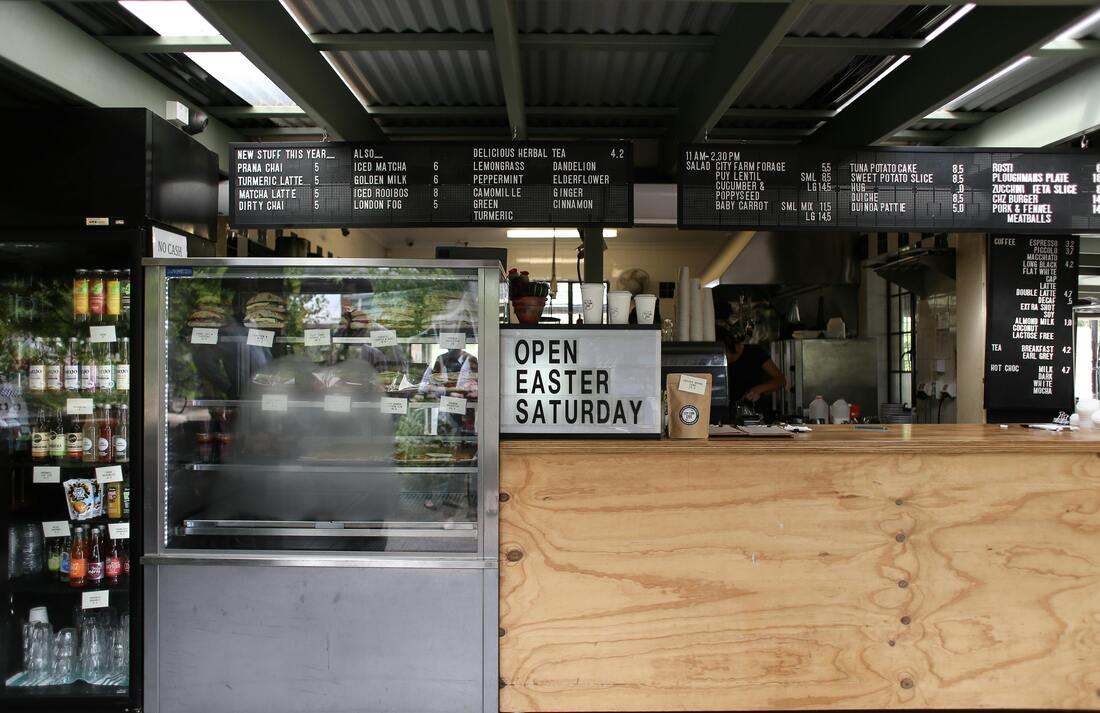Terry Foster Multimedia Storyteller
Menu
Blog
|
As Canadians, we're facing an undeniable truth: the cost of our groceries is on the rise. According to the 14th Edition of Canada's Food Price Report for 2024, conducted by several leading Canadian universities and food and agricultural companies, national food prices increased by 5.9% in 2023 and are expected to surge further by upwards of 4.5% in 2024. This uptick in prices is shaping our shopping habits and dietary choices in significant ways. Despite the sharp increase in food prices last year, an intriguing trend emerged - statistically, most Canadians spent less on food in 2023 than in the previous year. This shift suggests a collective movement towards eating less or seeking alternative grocery options, driven largely by the rising cost of living across housing, energy, and transportation, leaving less disposable income for food. The grocery market in Canada is largely dominated by five companies, with Loblaw Companies Limited holding 29%, Sobeys and Safeway at 21%, Costco at 11%, Metro at 10.8%, and Walmart at 7.5%. This concentration of market power raises questions about competition and pricing within the industry. While some point fingers at carbon taxes for the rising food costs, the study finds the impact of carbon taxes on food prices inconclusive due to high factorial coefficients. It's a complex issue, entwined with other significant factors like supply chain disruptions, wage increase demands, global political instability, and notably, climate change. Canada is grappling with unprecedented environmental challenges, including droughts, unseasonable weather, and forest fires, which threaten food stability as they worsen over the years. Interestingly, the report highlights that while some grocery chains have reported record profits, these are in line with inflation. This counters the perception of over 30% of Canadians who believe profit margins are inflating food prices. Looking ahead, the report signals the imminent introduction of a Grocer Code of Conduct in the Canadian food sector, aimed at restoring discipline and trust within the industry. Drawing from the experiences of Australia, the UK, and Ireland, such measures have shown to moderate food price increases when adjusted for inflation. Moreover, the government's introduction of Bill C-56, an amendment to the Competition Act, seeks to address unfair regulations that stifle competition in the grocery and housing sectors. Strategies for Navigating Rising Food Costs
0 Comments
|
AuthorThis is just a little spot to put my stories that don't relate to my Futurism Today Blog ArchivesCategories |
Site powered by Weebly. Managed by iPage

 RSS Feed
RSS Feed